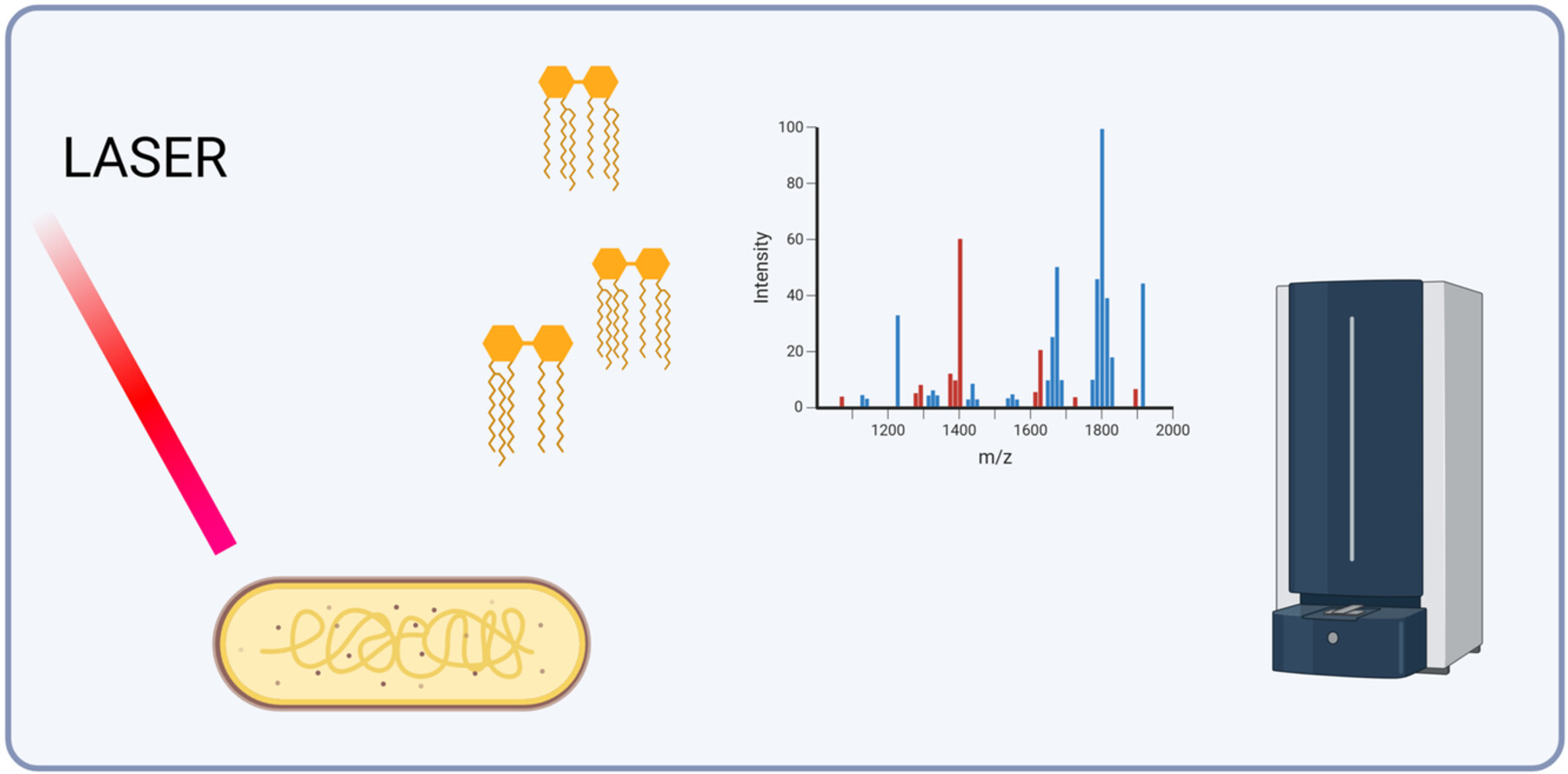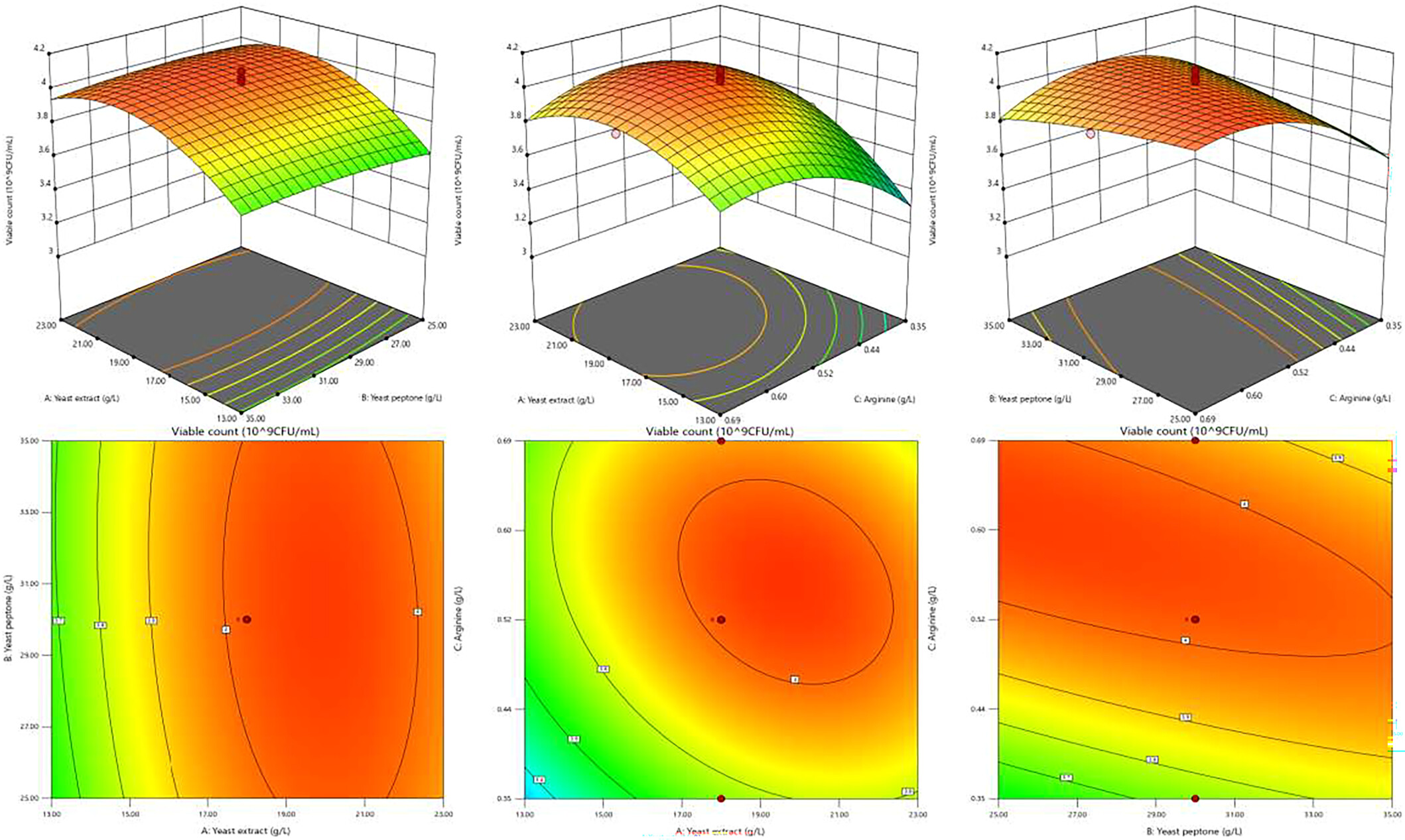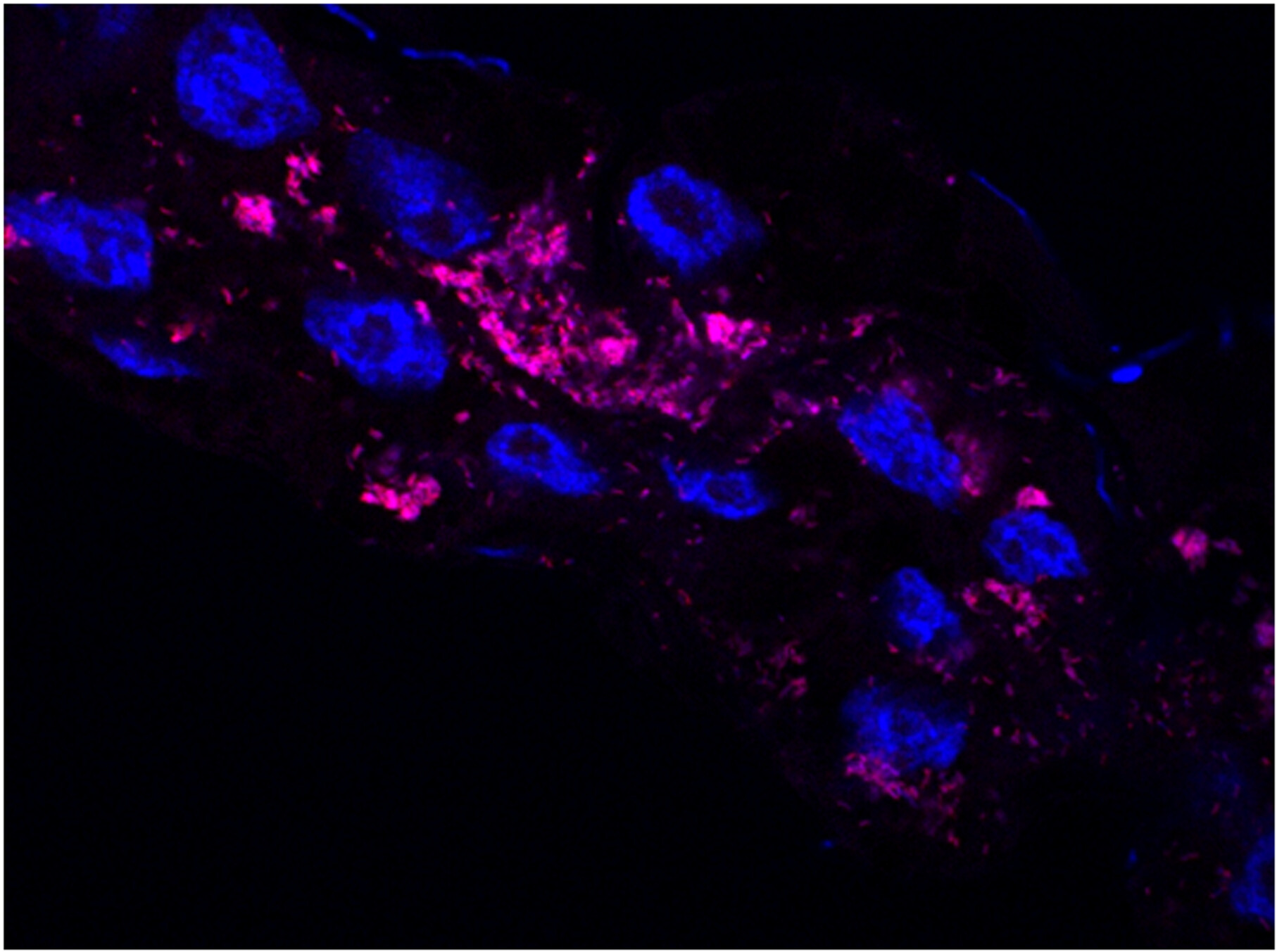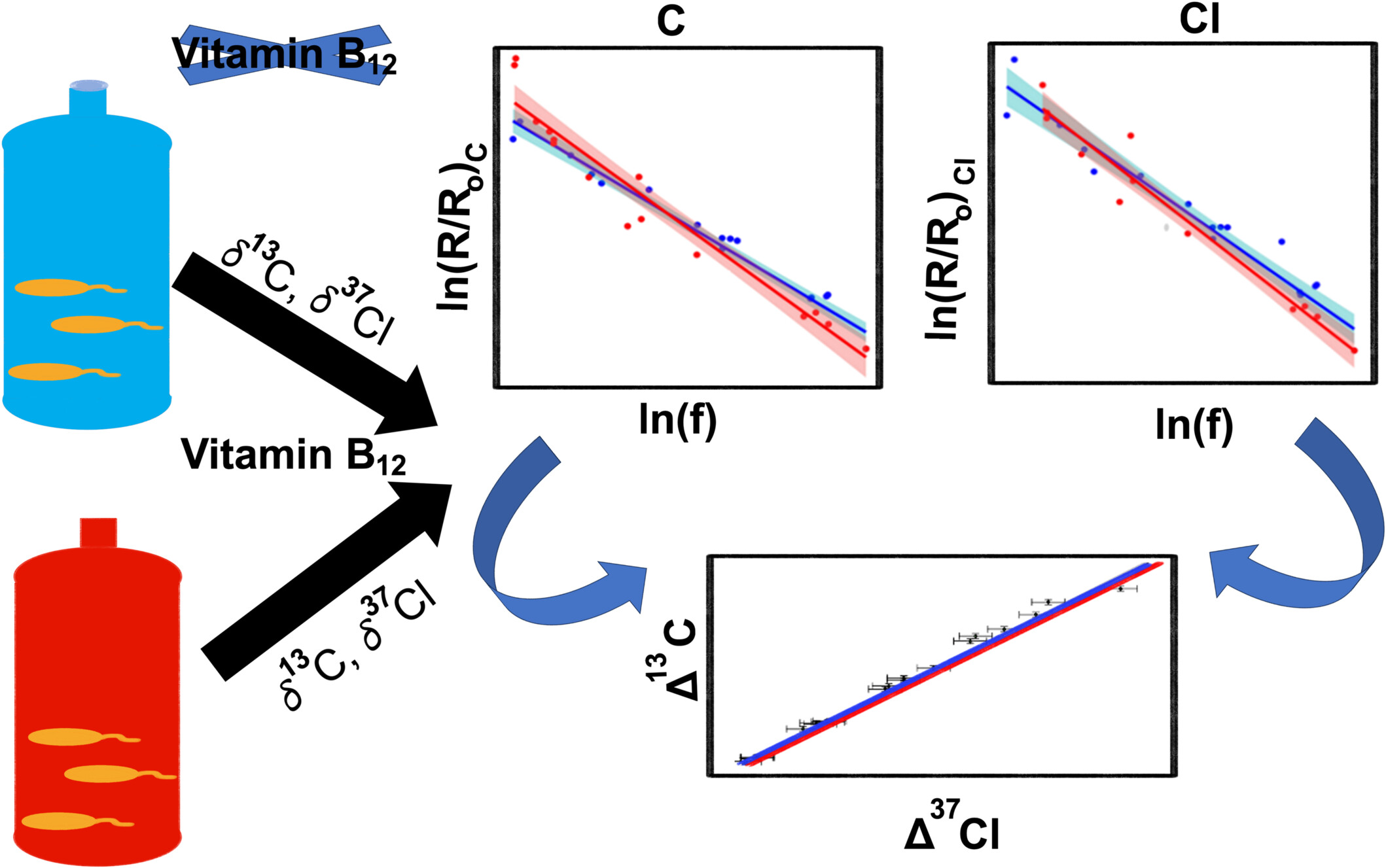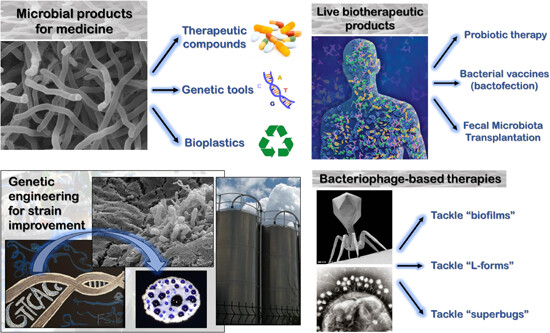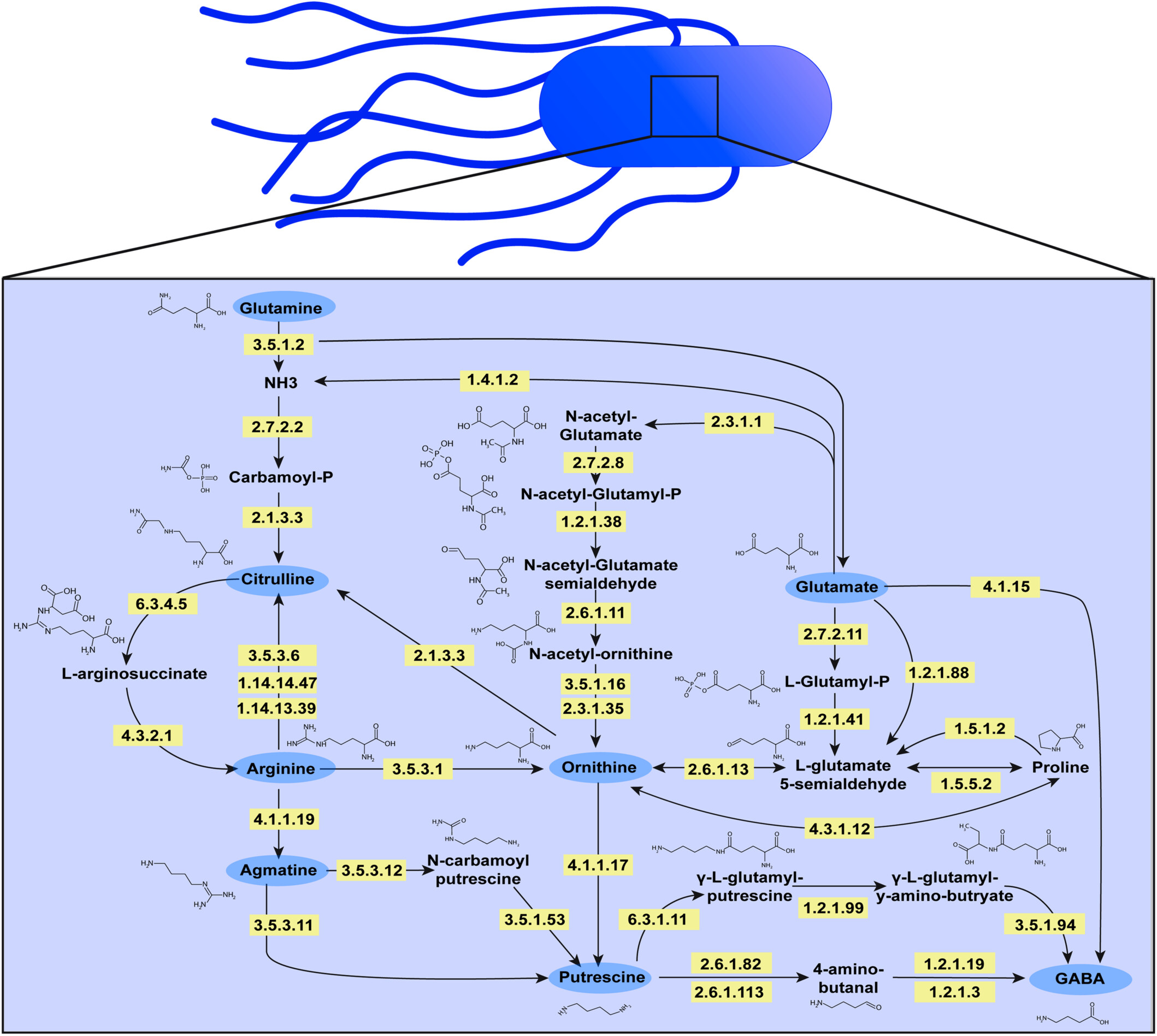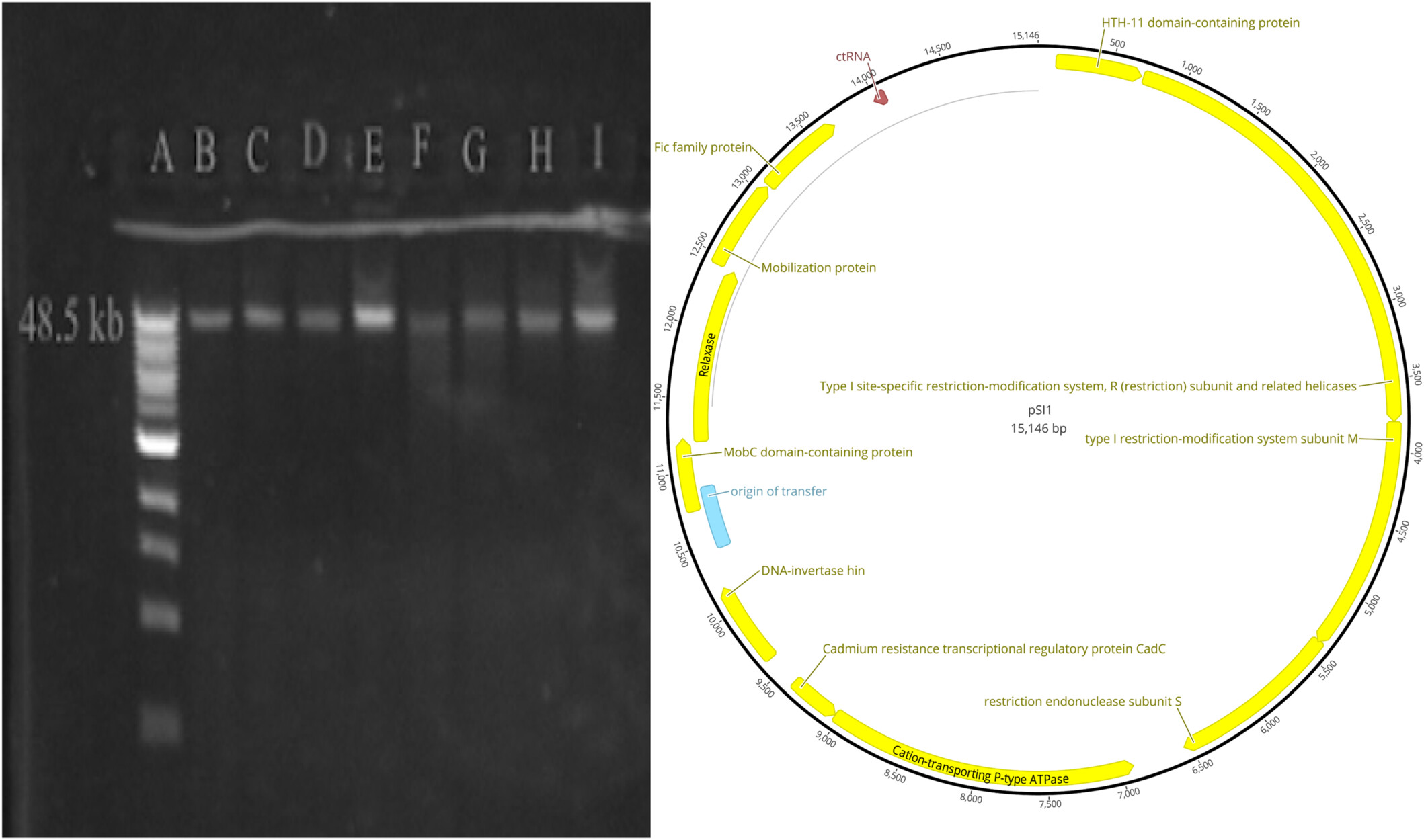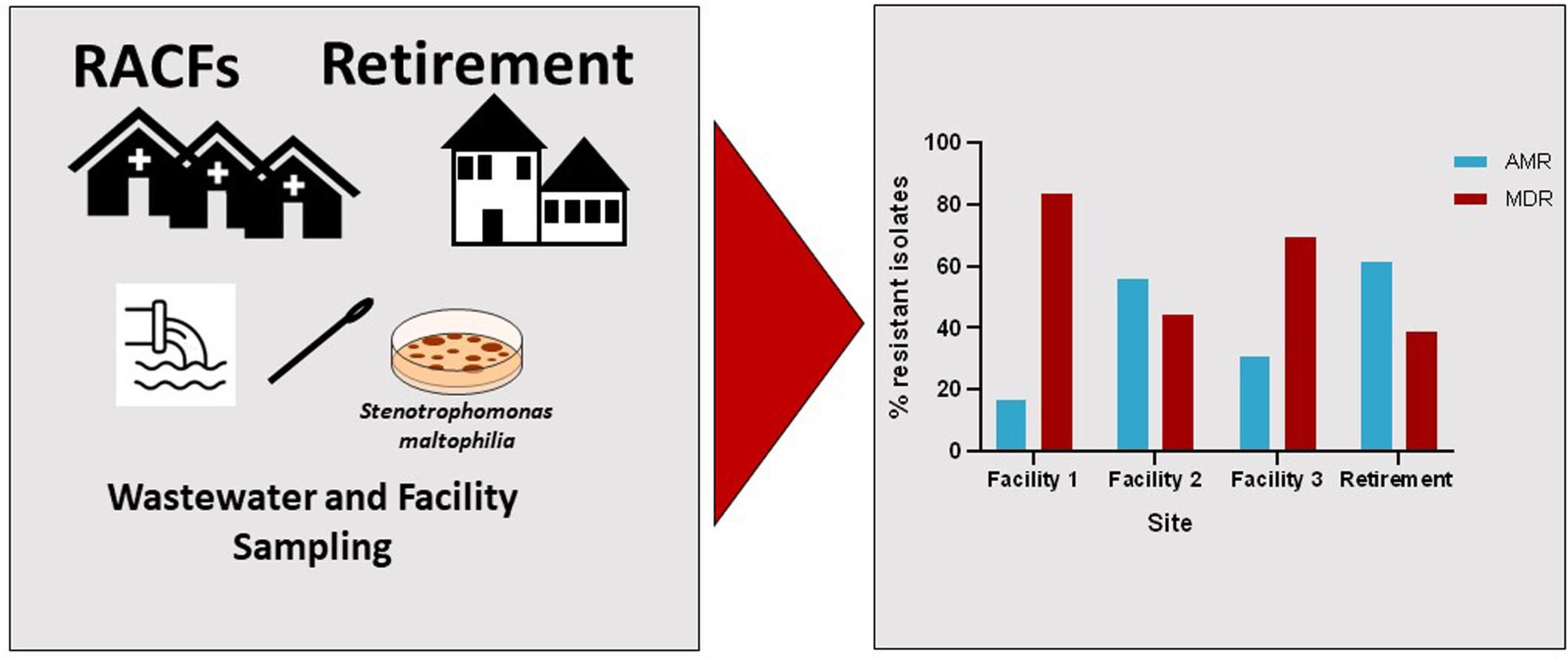MicrobiologyOpen is an open access journal that is your prime source for understanding microbial science and biotech, bringing these evolving fields together in this exciting, post-genomic era.
An interdisciplinary and broad-scope microbiology journal, we welcome articles that stimulate discussion and debate, and will consider submissions across unicellular and cell-cluster organisms – prokaryotes and eukaryotes. Every article is open to the world.
Journal Metrics
- 8.3CiteScore
- 4.6Journal Impact Factor
- 56%Acceptance rate
- 36 days Submission to first decision
As part of Wiley’s Forward Series, this journal offers a streamlined, faster publication experience with a strong emphasis on integrity. Authors receive practical support to maximize the reach and discoverability of their work.
Submit your research on any subject within the journal's scope.
Articles
Evaluating Effects of Antibiotics Across Preclinical Models of the Human Gastrointestinal Microbiota
- 16 Jul 2025
Graphical Abstract
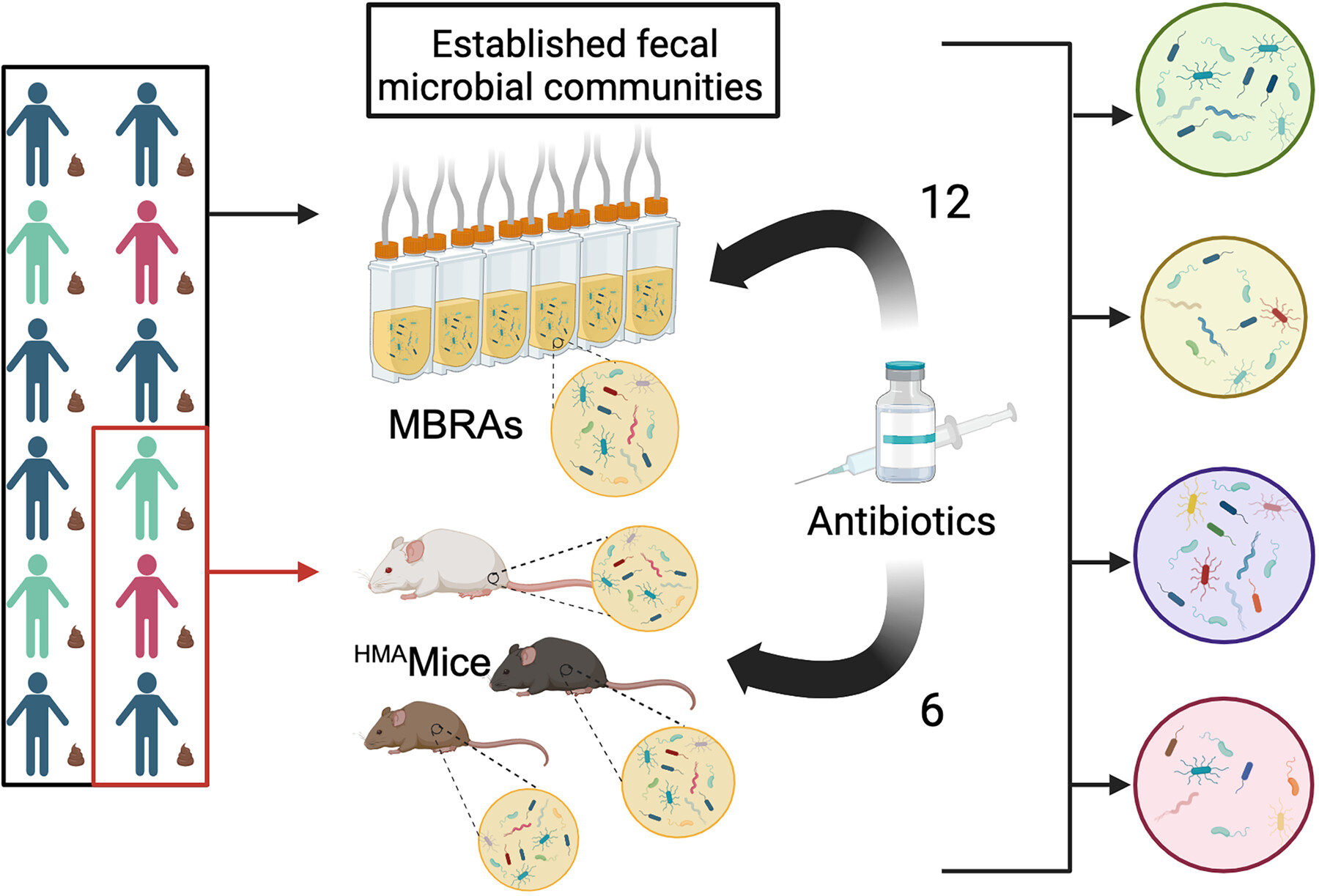
We compared microbiota changes following antibiotic treatment in two preclinical models of the human GI microbiota, minibioreactor arrays (MBRAs) and human microbiota associated mice (HMAmice). MBRAs and HMAmice were colonized with feces from 12 or 3 healthy humans, respectively, before treatment with each of 12 or 6 antibiotics.
Discrimination of Klebsiella pneumoniae and Klebsiella quasipneumoniae by MALDI-TOF Mass Spectrometry Coupled With Machine Learning
- 15 Jul 2025
Biofilm Formation on Endotracheal and Tracheostomy Tubing: A Systematic Review and Meta‐Analysis of Culture Data and Sampling Method
- 7 Jul 2025
Graphical Abstract
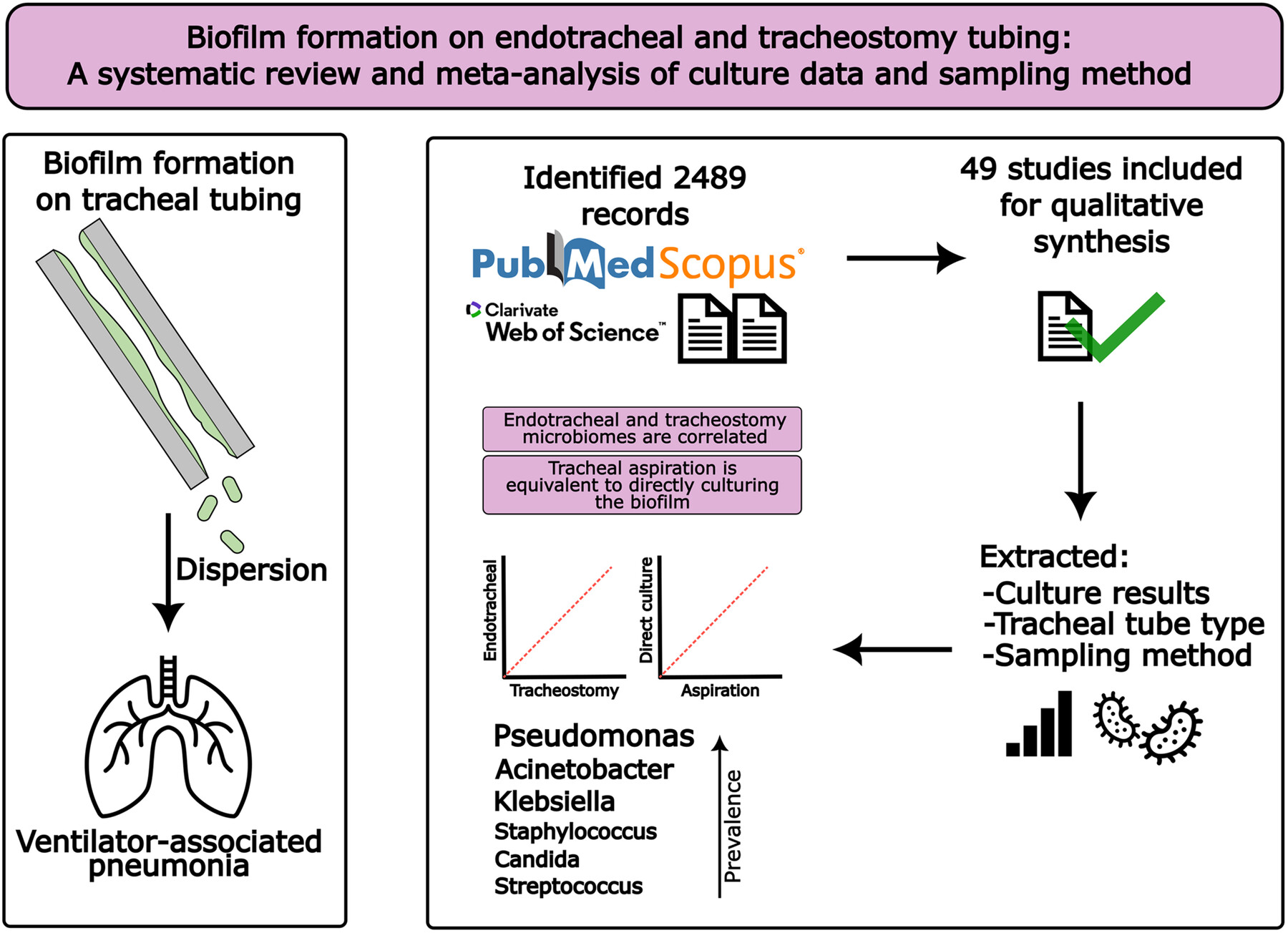
This systematic review provides an up-to-date profile of tracheostomy and endotracheal tube microbiomes, with Pseudomonas emerging as the most prevalent genus overall. Microbial profiles were equivalent whether identified by tracheal aspiration or direct culture, supporting aspiration as a reliable, noninvasive approach for biofilm assessment without requiring extubation.
Shaping Plant Growth Beneath the Soil: A Theoretical Exploration of Fungal Endophyte's Role as Plant Growth-Promoting Agents
- 2 Jul 2025
Graphical Abstract
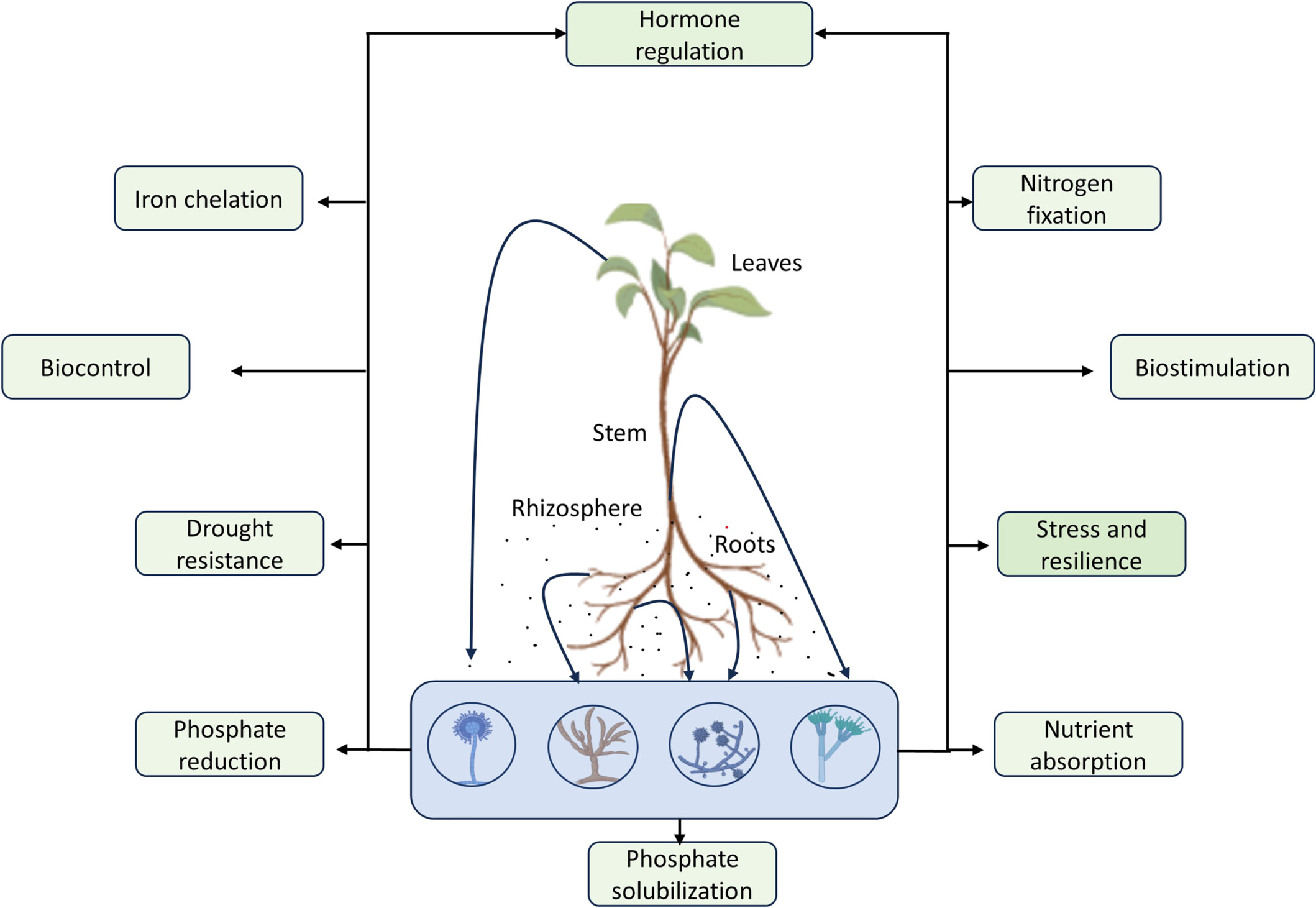
A schematic representation depicting various mechanisms of plant growth promotion by fungal endophytes present in different parts of the plant. Fungal endophytes are present in various parts of the plant, including leaves, stems, and most abundantly in roots. In each of these niches, they promote plant growth through several mechanisms, such as nutrient absorption, hormonal stimulation, nitrogen fixation, iron uptake, and phosphate solubilization. Additionally, they aid in biostimulation and biocontrol mechanisms.
Evaluating models and assessment techniques for understanding oral biofilm complexity
- MicrobiologyOpen
- 29 Aug 2023
Graphical Abstract
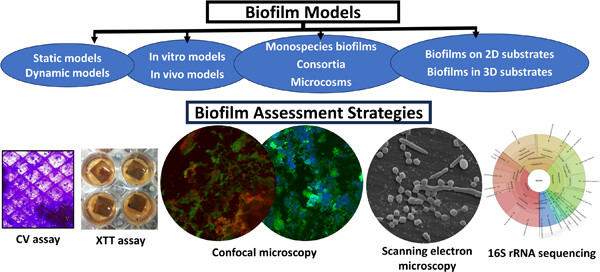
This review focuses on diverse biofilm models and assessment strategies, highlighting the transition in the field from two-dimensional models to the recently explored novel three-dimensional models that aim to mimic biofilm development in the microenvironment of biological structures. The review further explores culture-dependent biofilm assessment strategies such as colony-forming unit assay, crystal violet assay, 2,3-bis-(2-methoxy-4-nitro-5-sulfophenyl)-2H-tetrazolium-5-carboxanilide inner salt (XTT) assay, and imaging techniques, as well as the culture-independent approach of next-generation sequencing.
Reassessment of the genetic basis of natural rifampin resistance in the genus Rickettsia
- MicrobiologyOpen
- 31 Jul 2024
Vitamin B12 as a source of variability in isotope effects for chloroform biotransformation by Dehalobacter
- MicrobiologyOpen
- 27 Aug 2024
The effects of stress on gut virome: Implications on infectious disease and systemic disorders
- MicrobiologyOpen
- 23 Sep 2024
Graphical Abstract
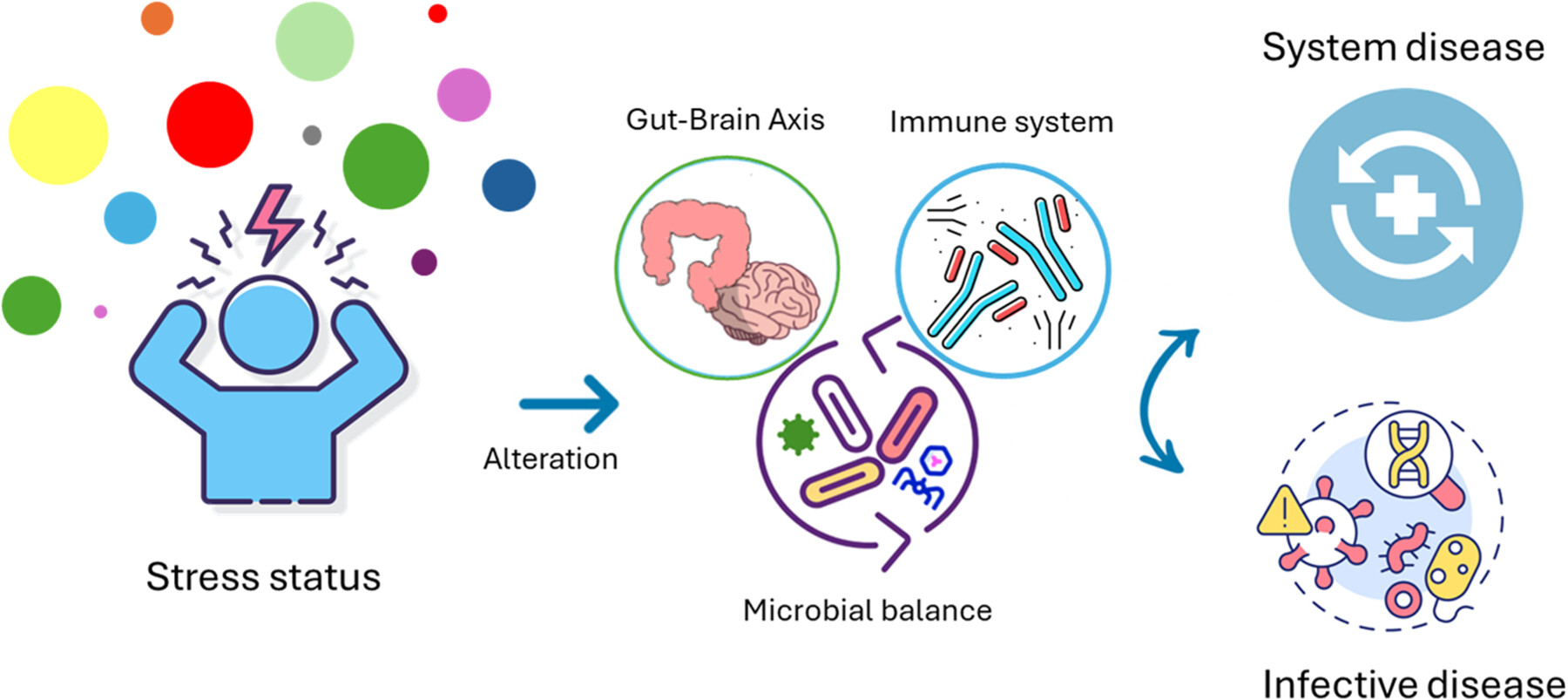
Stress conditions can weaken the host's immune system, affecting the entire gut–brain axis. Concurrently, disruptions in the composition of the gut microbiota are associated with exacerbations of diseases. This review explores the complex interplay between stress, gut virome, and the host immune system. It highlights how stress-induced immune system alterations and gut virome dysbiosis contribute to both infectious and noninfectious diseases. The article further discusses the need for more research to fully understand the underlying molecular mechanisms and microbial correlations.
Differential association of key bacterial groups with diatoms and Phaeocystis spp. during spring blooms in the Southern Ocean
- MicrobiologyOpen
- 9 Aug 2024
Graphical Abstract
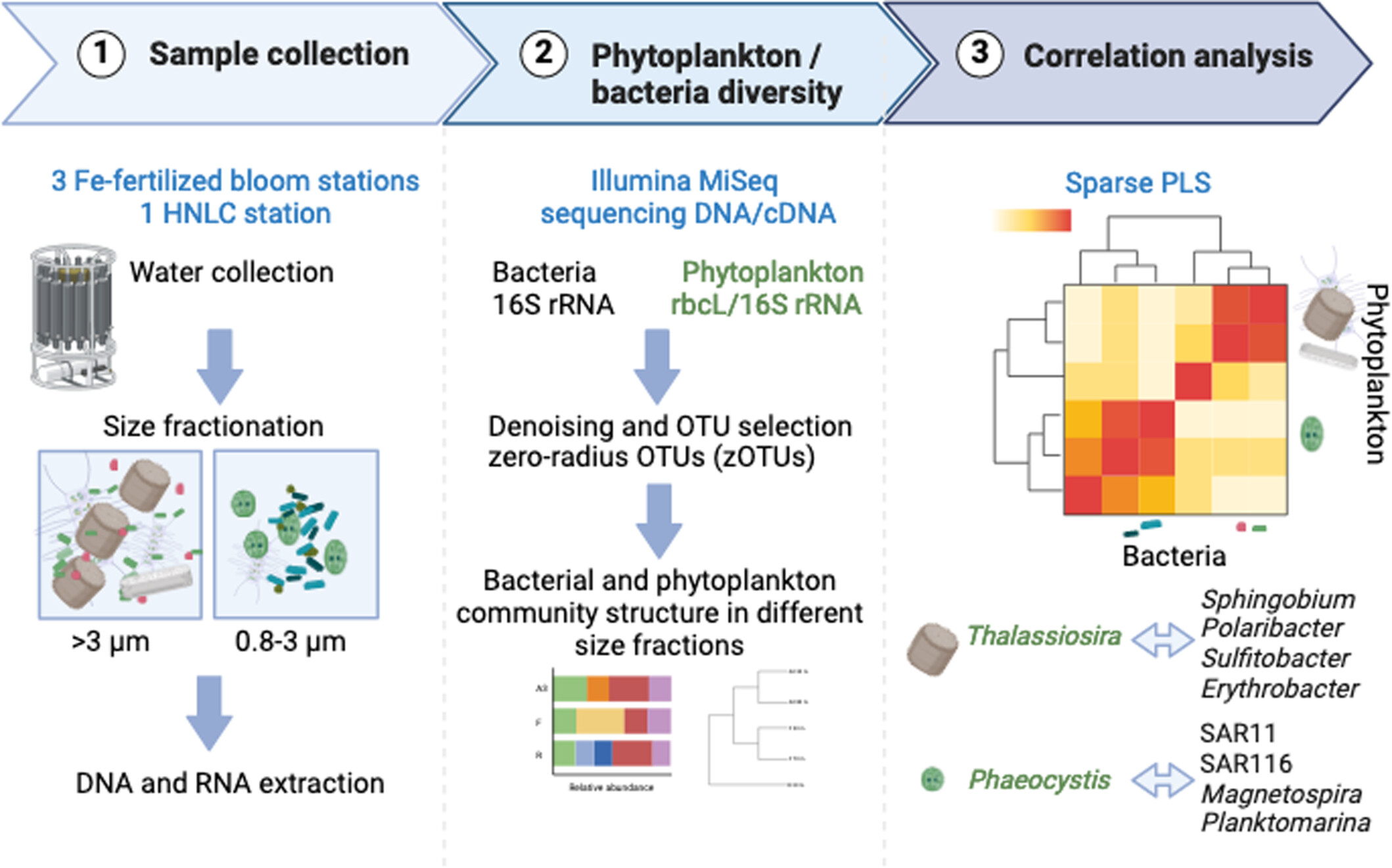
We used rbcL and 16S rRNA gene sequencing to characterize phytoplankton and bacterial communities in size-fractionated samples. Our correlation analysis between the most abundant phytoplankton and bacterial operational taxonomic units revealed distinct bacterial groups associated with the dimethylsulfoniopropionate (DMSP) producer Phaeocystis, including SAR11, SAR116, Magnetospira, and Planktomarina, or the diatom Thalassiosira, including Polaribacter, Sulfitobacteria, Erythrobacter, and Sphingobium. These results suggest unique associations between phytoplankton and bacterial taxa, which could play significant roles in nutrient cycling in the Southern Ocean.



